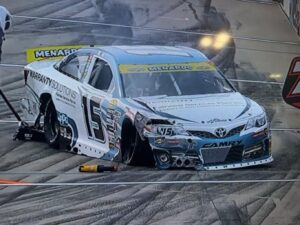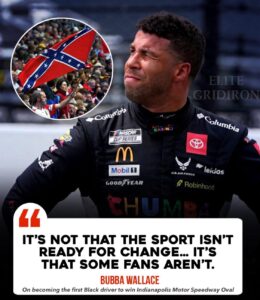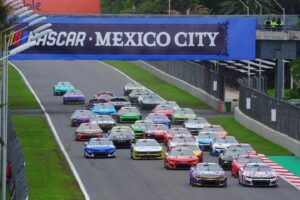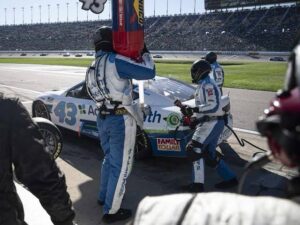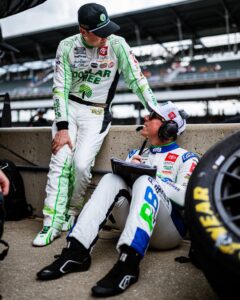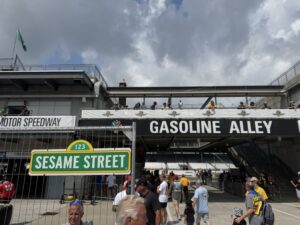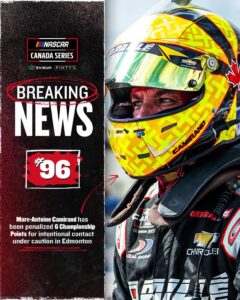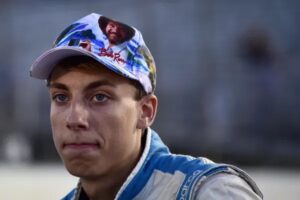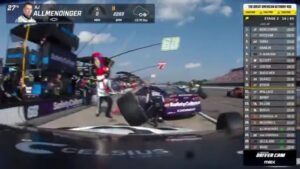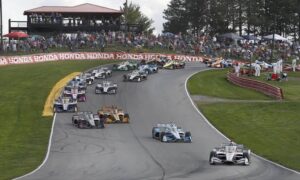In recent years, NASCAR has made several changes to its weekend schedules, including the controversial decision to eliminate practice sessions at superspeedways like Talladega and Daytona (outside of the iconic Daytona 500). While this decision may streamline event logistics and save costs, many fans and drivers believe the lack of practice undermines the quality of racing on these high-speed tracks.

Coupled with other pressing concerns—such as the need for a new aerodynamic package, increased horsepower, and strategies to spread the field out—NASCAR’s approach to superspeedway events has come under heavy scrutiny.
The Case for Practice
Superspeedway racing is unique, relying heavily on aerodynamics, pack dynamics, and drafting strategies. Historically, practice sessions provided teams with critical opportunities to fine-tune their cars for these challenges. By eliminating practice, teams now enter the race with limited data, relying solely on simulation tools and past experience.
“Practice sessions at superspeedways used to be essential,” one veteran crew chief explained. “It’s where we’d test drafting lines, improve handling in traffic, and make adjustments to stay competitive. Without it, we’re flying blind.”
While NASCAR still holds practice for the Daytona 500—a tradition-rich event that kicks off the season—other superspeedway races lack this preparation time. Fans and competitors alike argue that this decision prioritizes efficiency over the on-track product.
The Need for a New Package
Beyond practice, many believe NASCAR must implement a new aerodynamic package for superspeedways. Recent races have seen tightly bunched packs, where the slightest mistake can trigger massive wrecks. A reworked package could help spread the field out, reducing the chaotic nature of pack racing while still maintaining the excitement.
Some have also called for an increase in horsepower to give drivers more control over their cars and allow for greater skill differentiation. “When everyone is stuck in the same pack with limited options, the racing becomes more about survival than strategy,” one driver remarked. “We need the ability to race, not just ride around in a draft and hope for the best.”
Challenges and Opportunities
Critics of increased practice and a revamped package often cite costs as a primary concern. More practice sessions mean additional wear on equipment, higher travel expenses, and longer weekends for teams. However, supporters argue that the benefits—better racing, fewer wrecks, and a more enjoyable experience for fans—far outweigh these costs.
Additionally, NASCAR has shown a willingness to experiment in recent years, whether through schedule changes, Next Gen car tweaks, or new race formats. This openness could pave the way for future improvements at superspeedways, especially as drivers and teams continue to push for meaningful changes.
Fan Frustration
For fans, the lack of practice and the current superspeedway package represent missed opportunities to enhance the spectacle. Social media is rife with complaints about pack racing’s monotony and the lack of differentiation between cars.
“It’s a joke that superspeedways don’t have practice anymore,” one fan posted. “We need at least one or two 50-minute sessions to let teams figure things out, plus a better package with more horsepower to spread the field out again. This isn’t the same exciting superspeedway racing we grew up watching.”

Moving Forward
As NASCAR prepares for the 2025 season, addressing superspeedway concerns could be a priority. Restoring practice sessions, introducing a new package, and increasing horsepower are just a few ways the sport can revitalize its most thrilling venues.
While the superspeedway format still delivers drama, it’s clear that drivers, teams, and fans are eager for changes that balance excitement with quality racing. Whether NASCAR heeds these calls remains to be seen, but the conversation around superspeedways is far from over.
















